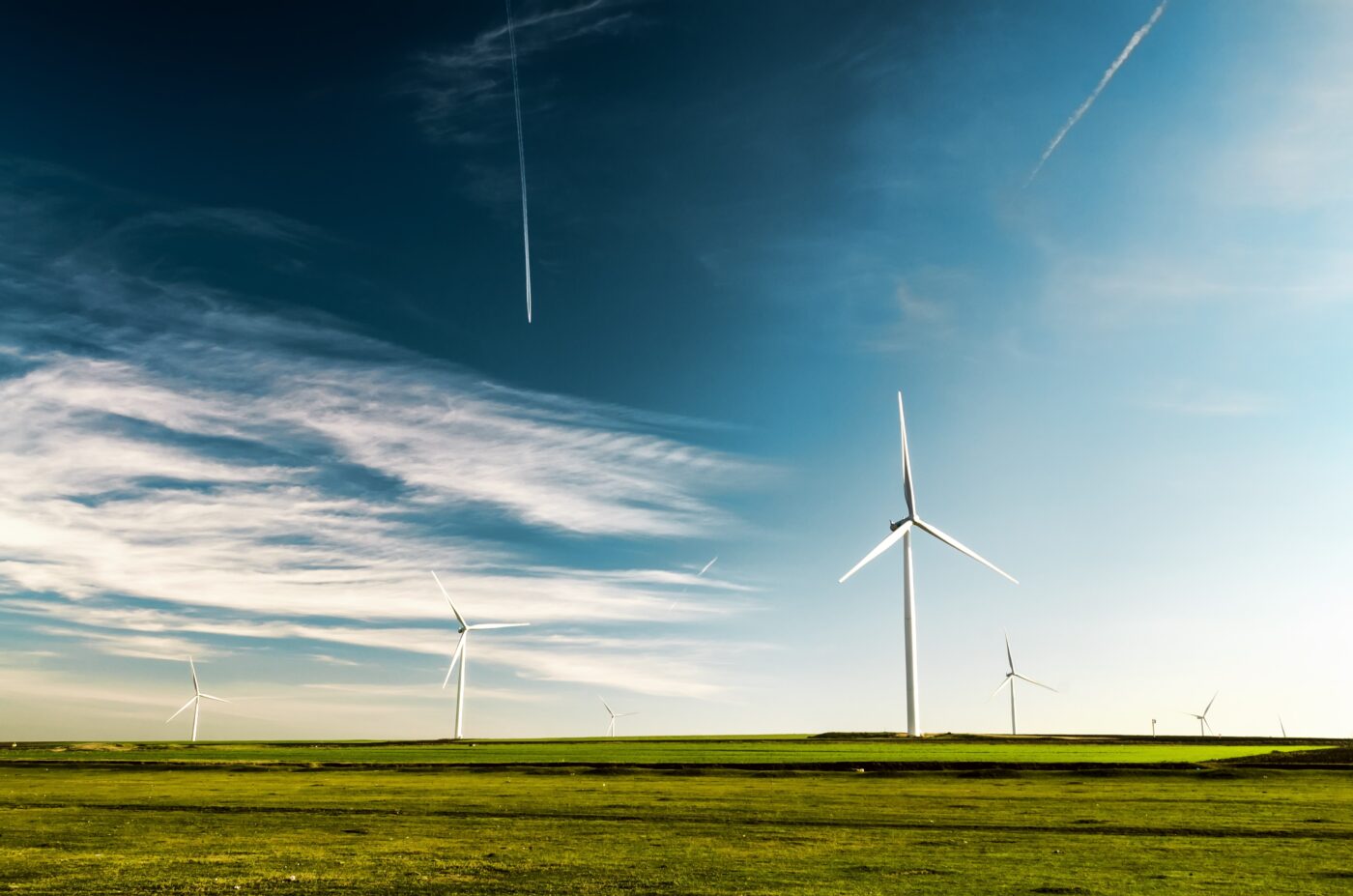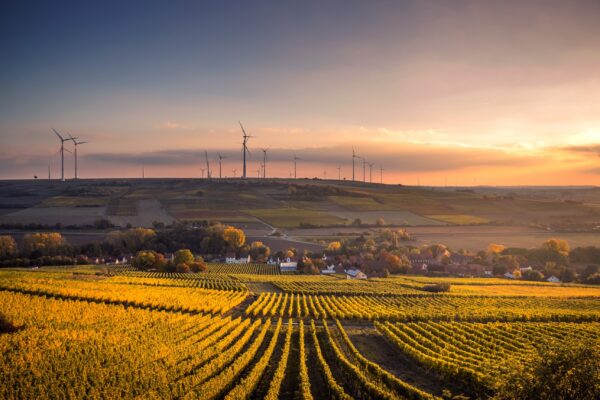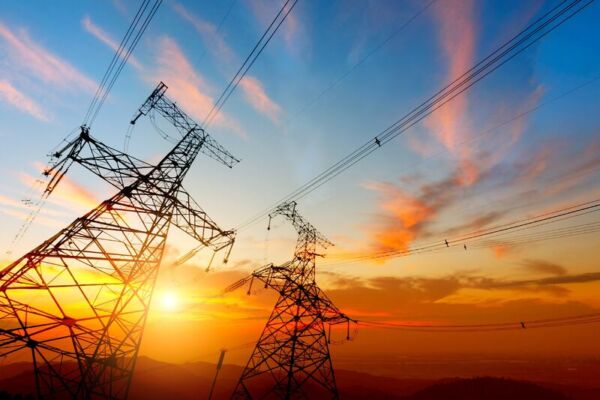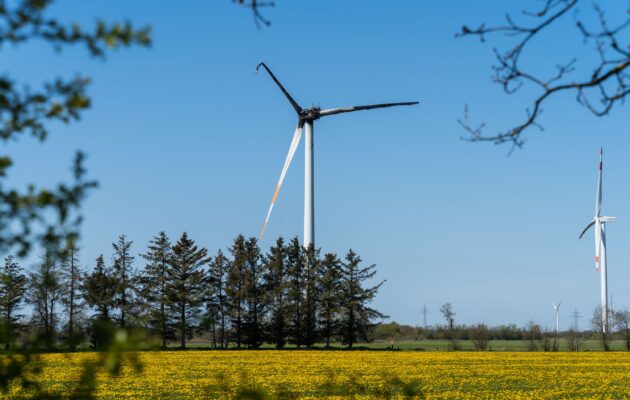As the European wind industry continues to improve its technology, it has established itself as a major player in the production of e-fuels. Step one: scaling up its production of green hydrogen, which plays a central part in the production process.
E-fuels are synthetically produced fuels that are processed using renewable wind or solar energy. Through the process of electrolysis, the elements of hydrogen (in this case, produced by wind energy) and oxygen are forcibly separated. Then carbon dioxide is added, facilitating the process of electrolysis, which drives production. Finally, the fuels are liquified using what is known as the Power to Liquid process. Once liquified, the fuels can be easily stored, transported – and even distributed using already existing channels.
Examples of e-fuels
- E-methanol
- E-crude or synthetic crude oil
- E-hydrogen
- E-kerosene
Location is everything
E-fuels’ ease of portability and storability is a major boon for the German/European power industry. At present, the EU imports most of its energy. In the interest of political and economic autonomy it is simply not feasible to produce e-fuels in Germany. Nonetheless European countries need secure, sustainable, competitive, and affordable energy to achieve the aim of decarbonization. E-fuels can help with this conundrum, as the power of wind is harnessed in their production, which is moved to remote regions with low populations and favorable wind and solar conditions.
Take Siemens’ Haru Oni project in Southern Chile, for example. Here, wind energy is used to generate green hydrogen, which is then used in the Power to Liquid process to produce e-methanol. This synthetic fuel forms the basis of decarbonized fuels such as e-gasoline, e-diesel, and e-kerosene. The fuels are fully compatible with existing logistics systems, cars, trucks, and airplanes, which augurs well for the future reduction of carbon emissions.
Taking the long view
If only half of the global e-fuel potential is tapped, climate neutrality can be achieved in the transportation sector alone. That leaves the remaining 50 percent for other industries, putting the EU on track to fulfilling the climate goals currently being hammered out in Brussels as part of the European Green Deal. Ultimately, new legislation should stimulate long-term demand. Furthermore, the diversification of distribution channels with renewable energy will lead to less dependency on fossil fuels as well as the desired climate neutrality by 2050.
Advantages and disadvantages of e-fuels
At the moment, it seems that the advantages of e-fuels outweigh the disadvantages.
Its advantages in terms of the wind industry include the fact that it possesses the same structure as conventional fossil fuel, so that it may be distributed at the same points, including fuel stations and pipelines. For the same reason, it can be mixed with these conventional fuels. E-fuels are also easily stored and can be transported over long distances in a cost-effective way. The main disadvantages are the fact that combustion energy is still superior in terms of efficiency, and synthetic fuels can be substantially more expensive to produce.
Scaling up supplies of renewable energy
In light of these facts, it’s clear that solar and wind energy – in addition to sustainable renewable and carbon-neutral fuel – will help to accelerate the phasing out of fossil fuel, thereby significantly reducing GHG emissions. Thus, e-fuels can unleash the global potential of renewable energy and make it available worldwide.



